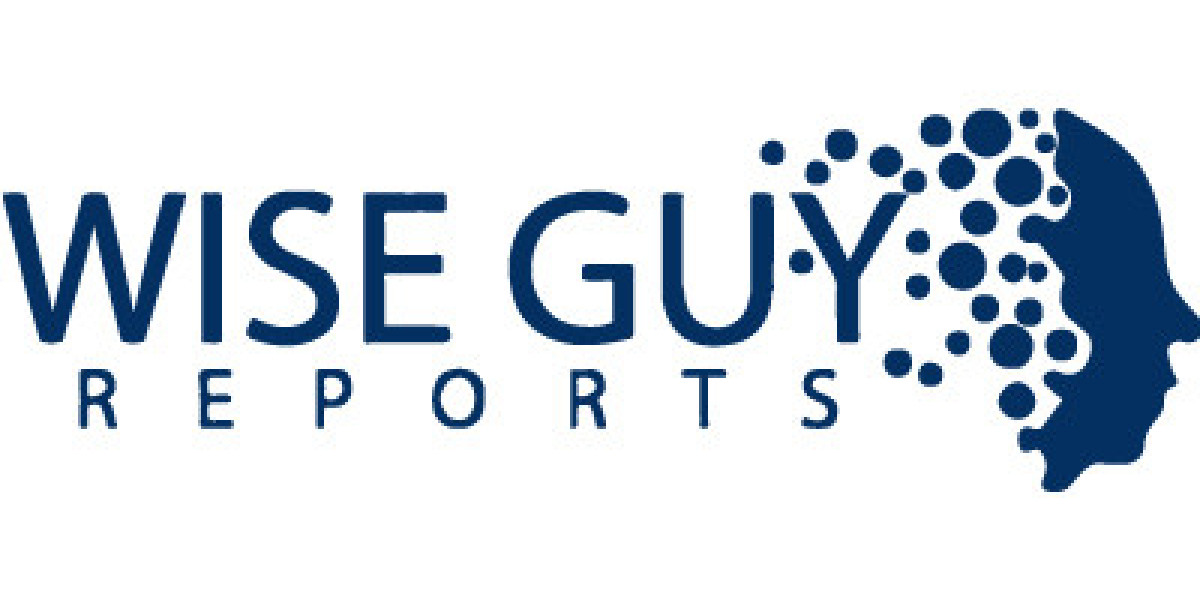The sustained and robust expansion of the avionics sector is propelled by several key catalysts, with the demand for precision navigation leading the charge. A primary factor stimulating Aircraft GPS Antenna Market Growth is the global modernization of air traffic management (ATM) infrastructure. Landmark initiatives like NextGen in the U.S. and SESAR in Europe are fundamentally shifting aviation from a ground-based to a satellite-based system. These programs mandate the use of technologies that rely heavily on precise GPS data. For example, the requirement for Automatic Dependent Surveillance-Broadcast (ADS-B) Out, which requires aircraft to broadcast their GPS-derived position, has forced a massive wave of avionics upgrades across the entire global fleet. This regulatory push is a powerful and direct driver of growth, creating a non-discretionary need for airlines and other aircraft operators to invest in certified GPS antennas and receivers, ensuring a steady stream of business for the retrofit market.
Another significant growth driver is the continuous expansion and renewal of the global commercial aircraft fleet. Driven by a long-term rise in passenger and cargo demand, airlines are constantly purchasing new aircraft. Every new airliner or business jet that comes off the assembly line is factory-equipped with the latest generation of avionics, including one or more advanced GPS antennas. This provides a stable, predictable baseline of growth for manufacturers in the line-fit segment. Furthermore, airlines are increasingly focused on operational efficiency to manage fuel costs and reduce environmental impact. Modern GPS-enabled navigation techniques like Required Navigation Performance (RNP) allow for more direct routes, optimized descent profiles, and landings in lower visibility conditions. The clear return on investment from these fuel and time savings provides a strong business case for airlines to voluntarily upgrade their older aircraft with better navigation systems, further fueling market growth.
The explosive development of the Unmanned Aerial Vehicle (UAV) and Urban Air Mobility (UAM) sectors represents a paradigm-shifting catalyst for the market. These emerging forms of aviation, from small delivery drones to multi-passenger "air taxis," are entirely reliant on high-integrity GPS for all phases of flight, including navigation, station-keeping, and autonomous landing. The potential scale of this market is vast, with projections for hundreds of thousands of such vehicles to be in operation within the next decade. Each of these will require at least one, and likely multiple, high-performance GPS antennas to ensure safe operation, particularly in dense urban airspace. The unique needs of this market—for small, lightweight, and potentially anti-jam capable antennas—are spurring a new wave of innovation and creating a massive new growth avenue for antenna manufacturers, poised to significantly accelerate the market's overall expansion.
Finally, military modernization programs around the world provide a constant impetus for growth in the high-value segment of the market. As geopolitical tensions evolve, nations are investing heavily in upgrading their air forces' capabilities. A key focus of this modernization is enhancing Positioning, Navigation, and Timing (PNT) resiliency in the face of electronic warfare threats. This is driving strong demand for advanced military-grade GPS antennas, particularly Controlled Reception Pattern Antennas (CRPAs), which can nullify jamming signals and detect spoofing attempts. The high cost and complexity of these systems make the military segment a major contributor to the market's overall value. The continuous need to equip new fighter jets, transport aircraft, and helicopters with this cutting-edge technology ensures that the defense sector remains a powerful and lucrative engine of market growth.








